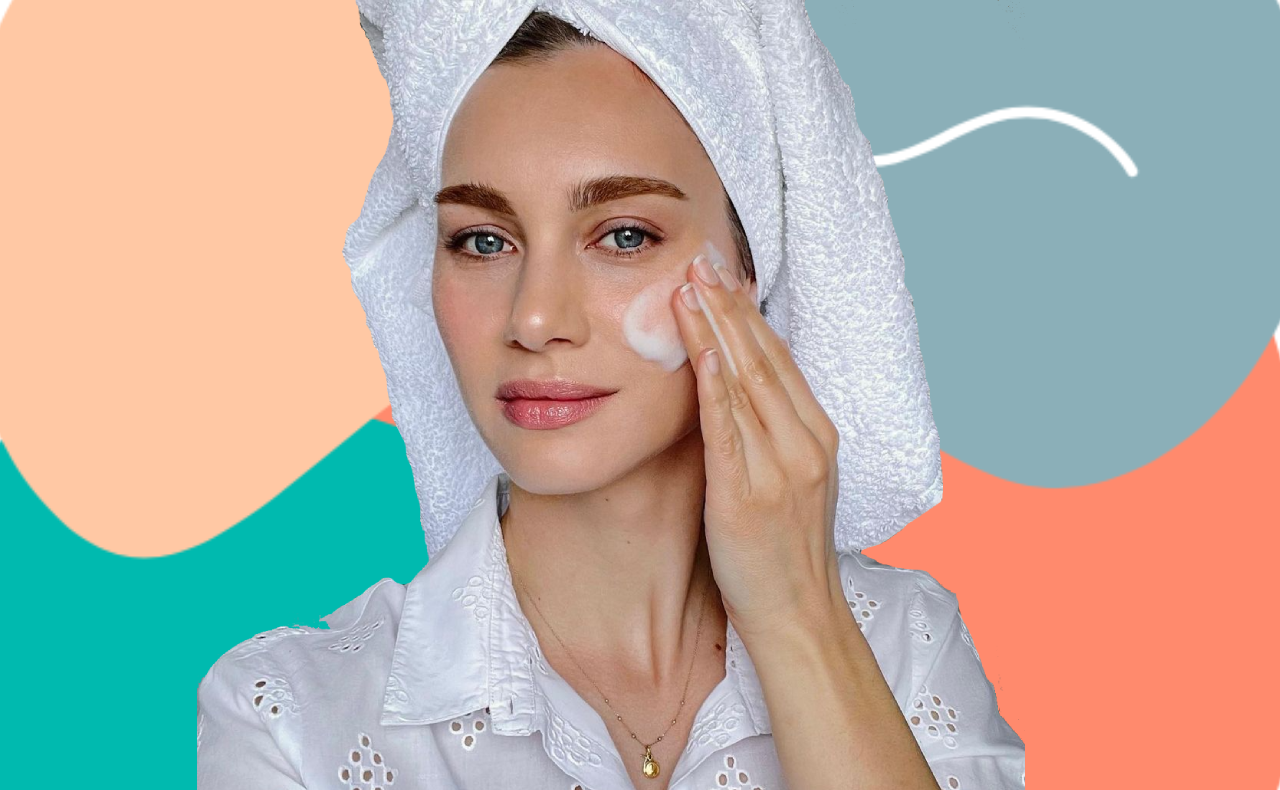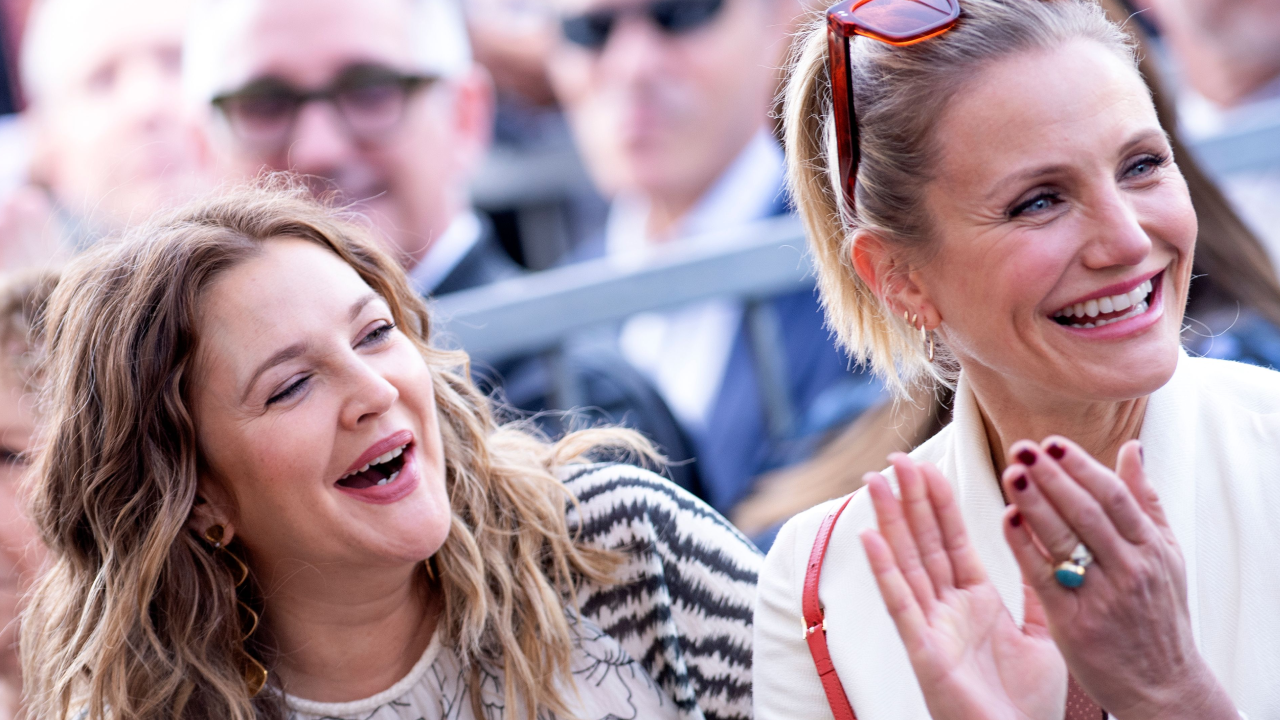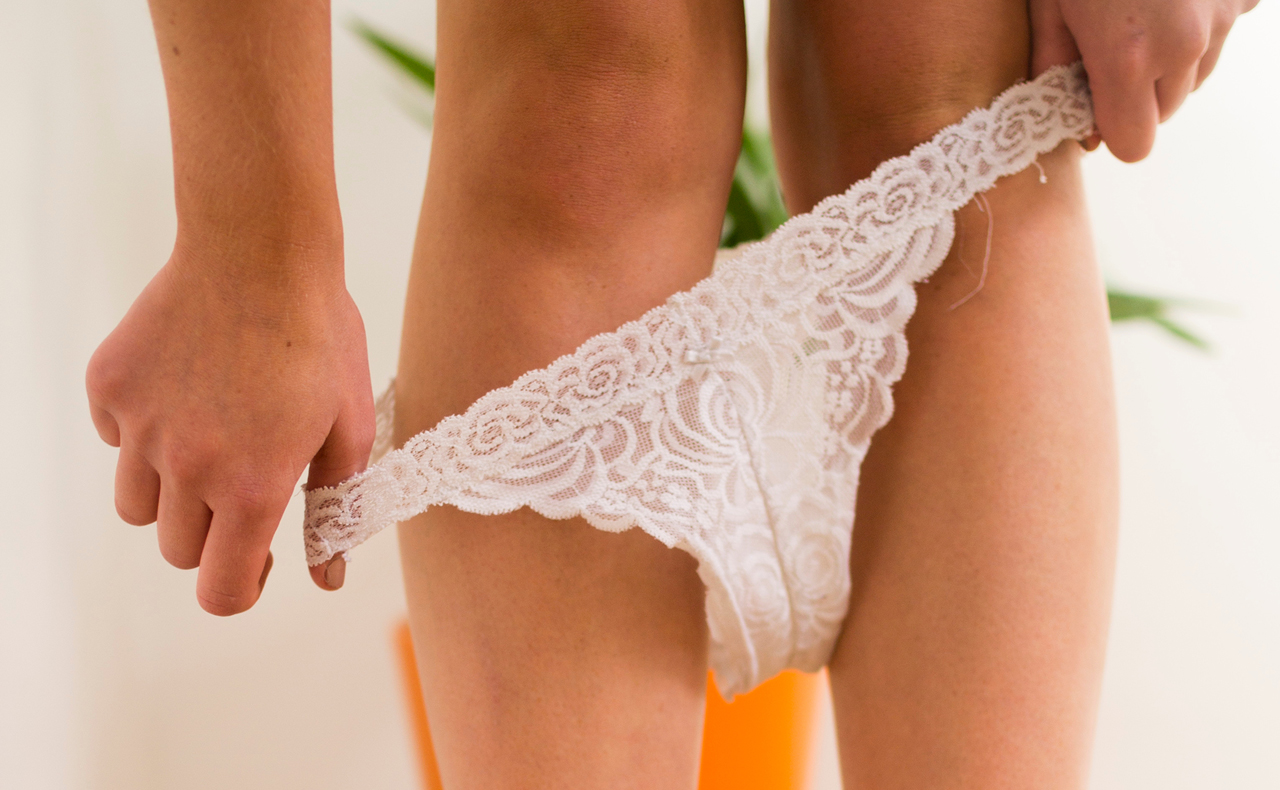In association with Neutrogena® skincare
When a sunscreen launches with new technology that provides the highest protection* from the Australian climate (photostable, long-wearing protection from both UVA and UVB rays) we sit up and take note.
Because, according to the Cancer Council Australia, exposure to the sun is responsible for 95 – 99 per cent of all skin cancers in Australia. And the only way of reducing that alarming number is to be armed with the facts and protection to keep you and your family safe.
What is skin cancer?
Basically skin cells that have been damaged by overexposure to the sun’s UV rays. Skin cancer is often divided into two types: melanoma and non-melanoma (of which there are two varieties: basal cell carcinoma and squamous cell carcinoma). Australia has the highest incident rate of melanoma in the world, it represents 10 per cent of all cancers, making it the fourth most common cancer with more than 1,200 people dying from melanoma each year.
How can you detect skin cancer?
Look for any crusty sores, small red lumps that are pale or pearly, new spots and freckles or any moles changing in colour, thickness or shape – these may suggest a skin cancer. Follow the ABCDE detection rule…
Asymmetry, irregular Border, uneven Colour, Diameter (usually over 6mm) and Evolving (change and growth). If in any doubt, always double check with your G.P or local skin cancer clinic as soon as possible.
What causes skin cancer?
According to The Cancer Council Australia, “Sunburn has been associated with melanoma.” Quite a scary fact given that the stats reveal, in Australia, on summer weekends, 14 per cent of adults, 24 per cent of teenagers and 8 per cent of children get sunburnt.
“Both UVA and UVB rays are damaging to the skin,” according to Curtis Cole, Ph.D. photobiologist and Johnson & Johnson Senior Director of Skincare Technology. But it is “UVB, the shorter wavelength rays, that are responsible for the visible burn to the skin.
This is because the shorter UVB rays penetrate into the epidermis only, impacting epidermal tissue. UVA rays, however, penetrate deeper, impacting dermal tissue, and causing signs of premature ageing. The effects of UVA are cumulative and may contribute to DNA damage, like changes in elastin and collagen structure, as well as skin cancer.”
Preventing skin cancer
Currently the highest protection of SPF available in Australia is SPF30+. SPF30+ sunscreen should never be used to extend the time you spend in the sun, but as part of a system (along with sun-protective clothing, a hat, sunglasses and shade) to defend against UV radiation.
Sunscreen advice: apply 20 minutes before you’re heading outside and reapply every two hours. You should apply liberally – it’s recommended that you use at least one teaspoon for each limb and front and back of the body, and half a teaspoon for the face, neck and ears.
Remember: if you don’t apply enough sunscreen, it can result in only 50-80 per cent of the protection that the product states.
A new advancement in sunscreen
Neutrogena Ultra Sheer Dry-Touch Sunscreen Lotion SPF 30+ contains patented Helioplex® technology which provides photostable, durable protection from UVA and UVB rays. Its lightweight formula features dry-touch technology and absorbs rapidly into the skin, leaving it powder-soft. Now for the science…
Cole says, “Neutrogena’s sunscreen lotion with Helioplex® technology harnesses the power of two sunscreens, Avobenzone and Oxybenzone, and is engineered to deliver very high, very broad and photostable UVA/UVB protection.
Neutrogena scientists have discovered an innovative way to stabilize Butyl Methoxydibenzolymethane (Avobenzone), one of the most powerful, yet photo-unstable UVA absorbers. This means that Helioplex® sunscreen remains effective after hours of UV exposure. It also protects against a broader spectrum of the sun’s rays than non-photostable sunscreens.”
*To Australian Std AS/NZS 2604: 1998





